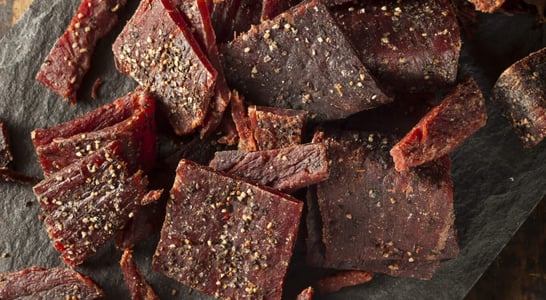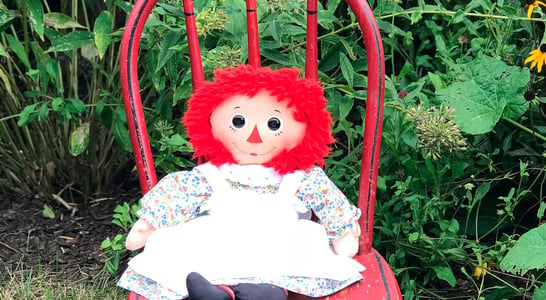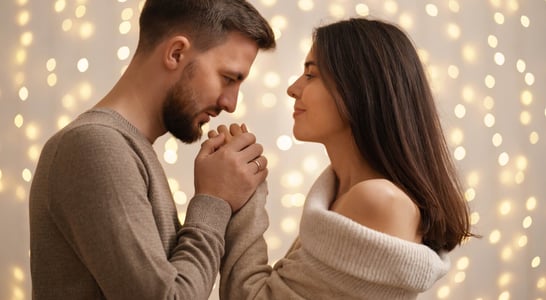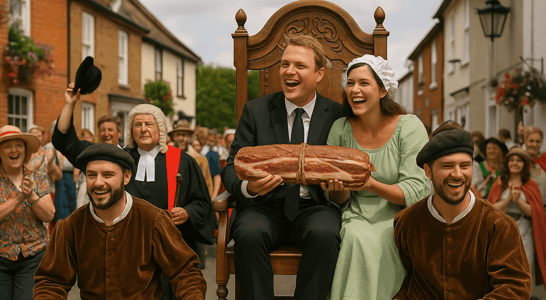
National Loving Day
Laws against inter-racial marriages weren’t fully eradicated until 1967. Celebrate love in all forms by gathering with your friends, family, and loved ones.
National Loving Day commemorates a date in history when the Supreme Court of America ruled to disband all anti-miscegenation laws in 1967 (laws that made mixed-race marriages illegal).
How to Celebrate National Loving Day
If there was ever a day worth celebrating in style, it is National Loving Day. The name of the people involved in the first court case couldn’t be more appropriate. But what can regular people, like you, do to mark the occasion?
Watch a Film
One idea is to watch the film Loving, released in 2016. The production follows the lives – and struggles – of Richard and Mildred as they fight for justice. You see everything, from their initial encounter to their arrest on charges of being illegally married, to their move to Washington DC. You see how racism affected them and shaped their lives. And you get a sense of the tremendous cultural victory they won through their Supreme Court legal battle.
If you’re not a film buff, but you like documentaries, then you might want to check out the 2012 Loving Story – a short production that first featured on HBO. It shares some of the lesser-known details of the couple’s relationship and how their trials actually wound up strengthening their bond.
Attend an Event
Many communities across the world also mark National Loving Day with special festivals and events. In New York, for instance, multi-ethnic communities put on shows and organize large gatherings to celebrate the Supreme Court decision. They eat delicious food and dance to music.
You could also celebrate the day as millions of people do by cooking a backyard BBQ. It’s just a simple occasion with friends, family, and great food to honor the fact that love knows no bounds – racial or otherwise.
Share with Others
How you celebrate the day is entirely up to you. Many people will post supportive messages on social media or share content created by Ken Tanabe, the day’s founder. Others might want to pen a Facebook post discussing the reasons why people might want to celebrate the occasion. It’s entirely up to you.
National Loving Day marks a significant event in history. It commemorates the idea that no authority can dictate who can and who can’t love. It is a glorious victory for freedom and a big step forward in human rights for everyone affected by the decision. Couples like Richard and Mildred will certainly not be the last.
History of National Loving Day
Loving vs. Virginia was a critical Supreme Court case, but it was also the story of a real couple’s love. Mildred Jeter and Richard Loving grew up in Virginia, USA. They fell in love and decided to get married.
Regrettably, getting married was not that simple in 1958. Mildred was a young black woman and Richard, a respectable white male. The law forbade people of different races to marry each other, and this was true in many states – including Virginia. However, interracial marriages were legal in Washington, DC, at that time. Therefore, they decided to go to DC, get married, and return to Virginia to begin their life together.
This, however, was only a short term solution. The law in Virginia not only forbade interracial marriage ceremonies, but it also prohibited interracial couples from getting married elsewhere and then returning to their home state. Not long after their return to Virginia, the newly-married Loving couple was awakened by the police and taken to jail for the crime of having an interracial marriage.
Richard and Mildred went to trial, and the judge found them guilty and sentenced them to jail term three years. However, the Judge said that he would suspend the sentence if they agreed to leave Virginia for twenty-five years. Given the choice between imprisonment and banishment, they chose banishment, and the Lovings moved to Washington, DC to live out their married life.
Though the Lovings were able to live together legally in Washington, they did not have an easy time; they faced discrimination everywhere. They were facing emotional hardship with the separation from their families. Life was both difficult and horrible for the Lovings. In extreme anxiety, Mildred sent a letter to Robert F. Kennedy, Attorney General of the United States, explaining their life and difficulties that they were facing as an interracial couple in Washington.
Mildred’s letter was sent on to the offices of the American Civil Liberties Union in New York City. They took interest in the case and helped the Lovings find an attorney for their case. Two lawyers, Bernard S. Cohen, and Philip J. Hirschkop, also felt that not only the Lovings but all Americans were entitled to be married and to live in the state of their choice. Due to the difficulties that they faced they agreed to take on the case for free.
After a long and hard legal battle, the Lovings’ case eventually appeared before the United States Supreme Court. The Court decided after hearing the hardship that the Lovings faced and hearing about the many people that were unable to get married, the Court voted unanimously in their favor.
Ultimately, after nine years of struggle, the Lovings won the right to live together as husband and wife in their home state of Virginia. In the words of Chief Justice Earl Warren, “Under our Constitution, the freedom to marry, or not marry, a person of another race resides within the individual and cannot be infringed on by the State.”
Not only did the case win them their freedom to love each other, but it also granted the same freedom to every interracial couple in every state in the USA. At the time of the Loving case, sixteen states had laws prohibiting interracial couples from marrying.
Loving v. Virginia (1967) made it illegal for any state to enforce those laws which stop interracial marriage. These laws did not only apply to black and white people; in many states, restrictions on relationships with Asians, Native Americans, Indians, Hispanics, and other ethnic groups were abolished.
National Loving Day, therefore, is a celebration of the Supreme Court’s Decision in 1967 to prevent individual states, like Virginia, from preventing people from getting married because they are of different races. The original idea to dedicate a day in the calendar to honor this momentous decision came from Ken Tanabe. Ken was from a mixed-race family, having a Belgian mother and a Japanese father. He wanted to create a day that would celebrate multi-ethnic families and help bring people together.
For that reason, he launched National Loving Day in 2004 in honor of Richard and Mildred Loving, who first brought the court case. Since then, it has grown enormously in popularity, and now people all over the world celebrate it. The occasion is becoming increasingly relevant as global travel is making it easier for couples from different countries to get together and form relationships.
Also on ...
View all holidaysNational Jerky Day
Fall back on your old favorite jerky flavors, or try something new and exciting on Jerky Day, like alligator jerky or, odd as it sounds, caffeinated jerky.
Raggedy Ann and Andy Day
Cherished childhood companions, this dynamic duo brings joy through timeless adventures, sparking imagination and warm memories.
Superman Day
Binge-watch the many adaptations of America’s favorite superhero, or be a superhero for a day by volunteering at a food drive or blood bank on Superman Day.
World Day Against Child Labor
Addressing the impact of underage employment on youth, fostering awareness for a brighter future without exploitation.
We think you may also like...
Valentine’s Day
A day filled with love, romance and sweet gestures — the perfect opportunity to show affection towards those special people in your life.
National Couple’s Day
When two people come together, they create a unique bond that can conquer any challenge, adventure, or romantic moment.








